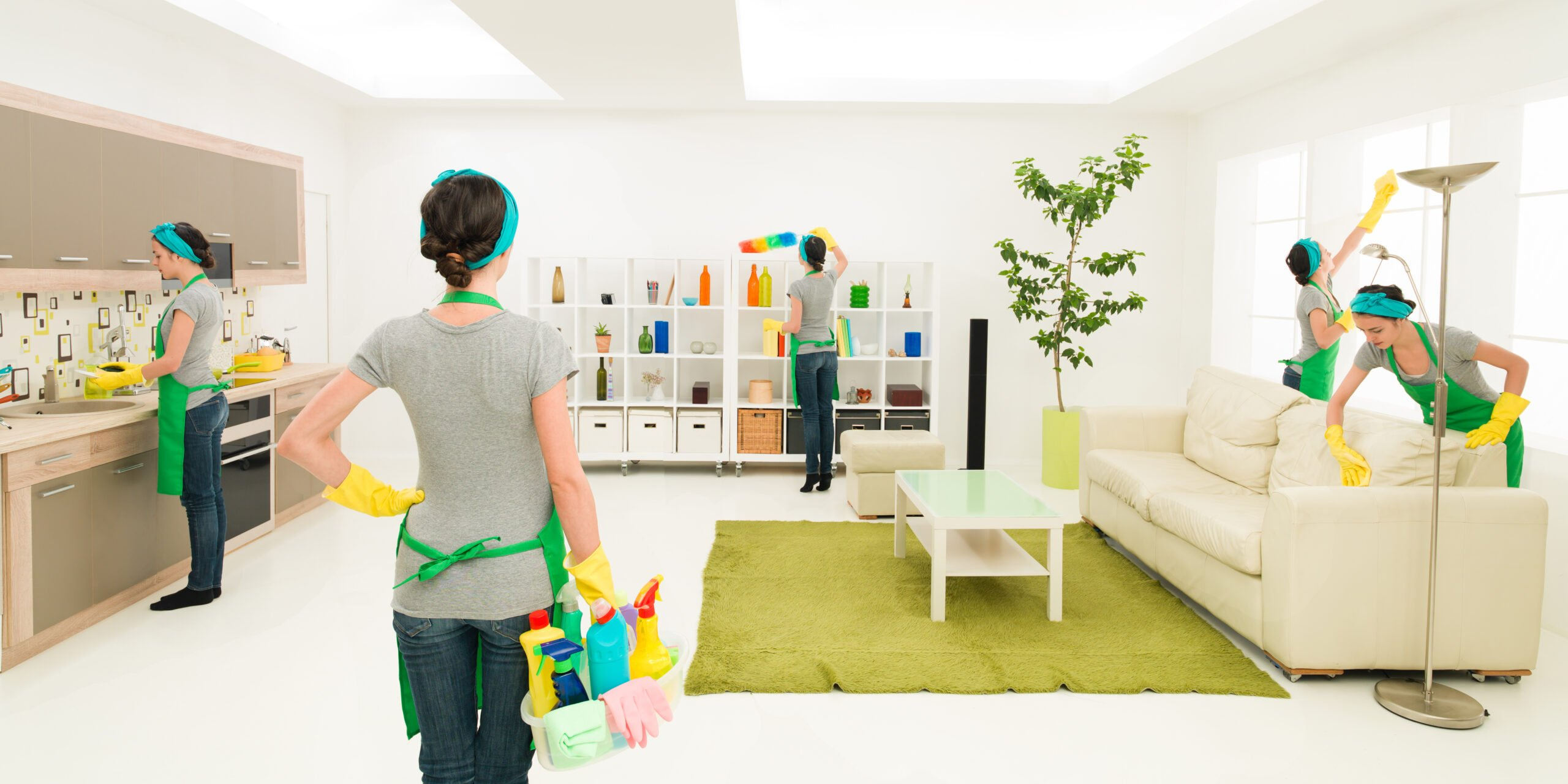Deep cleaning is a thorough and detailed cleaning process that goes beyond regular housekeeping. It involves reaching hidden dirt, sanitizing high-touch areas, and eliminating bacteria and allergens from every corner of a home or office. Whether done seasonally or as part of a maintenance plan, deep cleaning improves hygiene, air quality, and overall comfort. This guide covers the importance of deep cleaning, essential supplies, room-by-room strategies, eco-friendly solutions, and professional deep cleaning services.
Why Deep Cleaning is Important
A deep-cleaned environment offers numerous benefits, including:
- Improved Health: Removes allergens, bacteria, and viruses that regular cleaning may miss.
- Enhanced Indoor Air Quality: Eliminates dust and pollutants for fresher air.
- Better Organization: Decluttering and cleaning help create a more functional living or working space.
- Prolonged Lifespan of Furniture and Appliances: Regular deep cleaning prevents damage and wear.
- Increased Comfort and Aesthetics: A spotless space feels more inviting and stress-free.
Essential Deep Cleaning Tools and Supplies
Before you begin, gather the necessary supplies:
- Microfiber Cloths: Efficient for dusting and wiping surfaces.
- Vacuum Cleaner with Attachments: Cleans carpets, upholstery, and hard-to-reach areas.
- Steam Cleaner: Ideal for disinfecting floors, tiles, and upholstery.
- Mop and Bucket: Essential for floor cleaning.
- All-Purpose Cleaner: Works on various surfaces.
- Disinfectants: Helps eliminate germs and bacteria.
- Baking Soda and Vinegar: Natural cleaners for deodorizing and scrubbing.
- Scrub Brushes and Sponges: For tackling tough stains.
- Rubber Gloves: Protects hands from chemicals and dirt.
- Trash Bags: For decluttering and disposing of waste.
Room-by-Room Deep Cleaning Guide
A systematic approach ensures every area receives attention.
Living Room Deep Cleaning
- Declutter and Organize: Remove unnecessary items and tidy up shelves and tables.
- Dust Everything: Clean ceiling fans, light fixtures, and air vents.
- Vacuum Upholstery and Carpets: Use attachments for deep cleaning.
- Wash Windows and Curtains: Remove dust and stains.
- Sanitize High-Touch Surfaces: Clean remote controls, doorknobs, and light switches.
- Mop or Steam Clean Floors: Disinfect hardwood, tiles, or laminate flooring.
Kitchen Deep Cleaning
- Empty Cabinets and Wipe Interiors: Remove expired items and clean shelves.
- Deep Clean Appliances:
- Refrigerator: Remove shelves and wash thoroughly.
- Oven and Stove: Use a degreaser for stubborn grime.
- Microwave: Wipe inside and out.
- Dishwasher: Run a cleaning cycle with vinegar.
- Scrub Sink and Faucets: Use baking soda and vinegar for a sparkling finish.
- Sanitize Countertops and Backsplash: Disinfect surfaces.
- Mop and Disinfect Floors: Remove spills and stains.
Bathroom Deep Cleaning
- Scrub Tiles and Grout: Use a brush and grout cleaner.
- Deep Clean Toilet: Disinfect inside and out.
- Clean Shower and Bathtub: Remove soap scum and mildew.
- Wash Mirrors and Glass: Use a streak-free cleaner.
- Sanitize Faucets and Sinks: Wipe with disinfectant.
- Mop and Disinfect Floors: Ensure thorough cleanliness.
Bedroom Deep Cleaning
- Wash Bedding and Curtains: Clean pillows, comforters, and mattress covers.
- Vacuum Mattress: Remove dust mites and allergens.
- Dust and Wipe Surfaces: Clean furniture and decor.
- Declutter Closet: Donate or discard unused clothes.
- Vacuum and Mop Floors: Keep the area dust-free.
Office Deep Cleaning
- Organize Documents and Supplies: Reduce clutter.
- Disinfect Keyboards and Office Equipment: Prevent germ buildup.
- Dust and Wipe Desks and Chairs: Maintain hygiene.
- Vacuum Carpets and Mop Floors: Clean thoroughly.
Deep Cleaning for Special Areas
Certain areas require extra attention:
- Garage: Remove cobwebs, clean floors, and organize storage.
- Attic/Basement: Dust surfaces and check for mold.
- Laundry Room: Clean washing machines and dryers.
- Outdoor Spaces: Sweep patios, clean furniture, and power wash surfaces.
Eco-Friendly Deep Cleaning Solutions
For a non-toxic and sustainable cleaning approach, use:
- Vinegar and Baking Soda: A natural deodorizer and stain remover.
- Lemon Juice: Great for cutting grease and killing bacteria.
- Essential Oils: Adds fragrance while offering antibacterial properties.
- Reusable Cleaning Cloths: Reduce waste and costs.
When to Hire Professional Deep Cleaning Services
Consider hiring professionals if:
- You Lack Time or Equipment: Experts have specialized tools.
- Deep Cleaning Feels Overwhelming: Large homes or offices can be difficult to tackle alone.
- There’s Stubborn Dirt or Stains: Professionals can handle tough cleaning tasks.
- You Need Specialized Services: Includes carpet cleaning, upholstery shampooing, and mold removal.
Conclusion
Deep cleaning is an essential process for maintaining a hygienic, organized, and fresh environment. By following a structured approach, using the right tools, and opting for eco-friendly solutions, you can achieve a healthier and more comfortable space. Whether you choose a DIY approach or professional help, regular deep cleaning ensures long-term benefits for your home or workplace.
